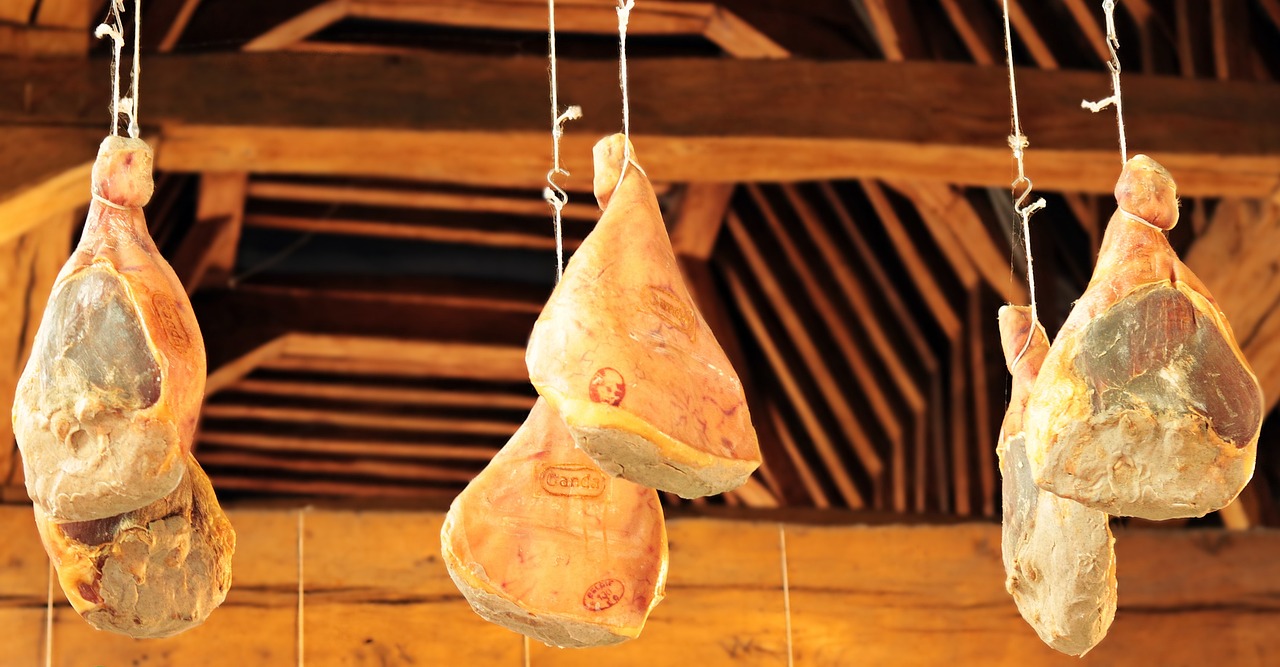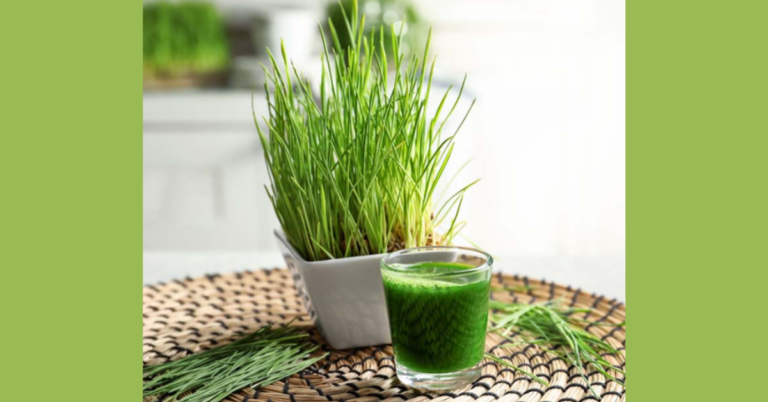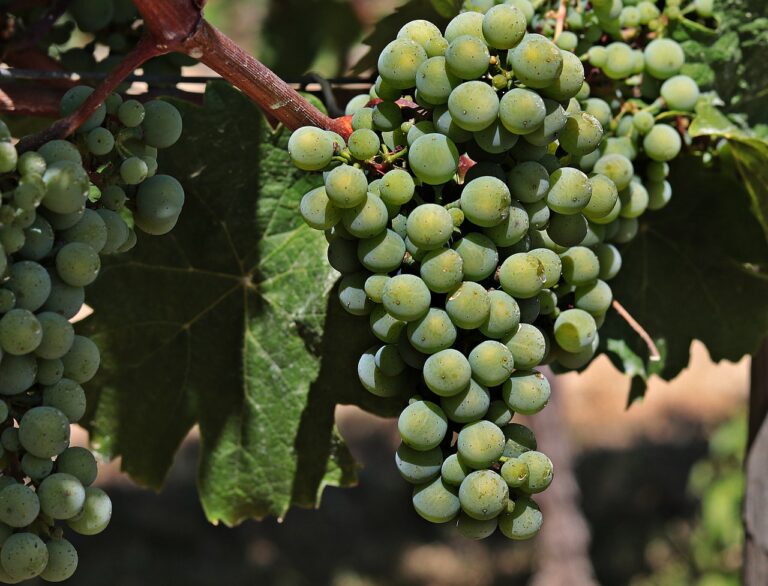Dairy Product Packaging: Sustainable and Biodegradable Packaging Solutions
laser book 247.com, silver exchange login password, 11xplay pro login:Dairy product packaging is an essential aspect of the food industry, as it plays a vital role in preserving the quality and freshness of dairy products while also ensuring their safety for consumption. In recent years, there has been a growing emphasis on sustainable and biodegradable packaging solutions within the dairy industry, in response to increasing consumer demand for environmentally friendly products.
Sustainable packaging refers to packaging materials that have a reduced impact on the environment, from raw material extraction to disposal. Biodegradable packaging, on the other hand, is designed to decompose naturally in the environment, reducing the amount of waste that ends up in landfills and oceans. Together, sustainable and biodegradable packaging solutions offer a more eco-friendly alternative to traditional plastic packaging, helping to reduce pollution and conserve natural resources.
Innovations in sustainable and biodegradable packaging for dairy products have been gaining traction in recent years, with companies exploring new materials and technologies to improve the environmental impact of their packaging. From compostable trays made from plant-based materials to recyclable paperboard cartons, there are a variety of options available for dairy manufacturers looking to reduce their carbon footprint.
One of the most popular sustainable packaging options for dairy products is paper-based packaging. Paperboard cartons, made from renewable resources such as wood pulp, are widely used for milk, cheese, and yogurt packaging. These cartons are recyclable and biodegradable, making them a more environmentally friendly choice compared to traditional plastic containers. Many dairy brands have transitioned to paper-based packaging in recent years, in response to consumer demand for more sustainable options.
Another sustainable packaging solution for dairy products is compostable packaging. Compostable packaging is made from materials that can be broken down into organic matter in a composting facility, reducing waste and providing nutrients for soil health. Compostable packaging is gaining popularity among environmentally conscious consumers, who are looking for packaging options that have a minimal impact on the environment.
In addition to paper-based and compostable packaging, dairy manufacturers are also exploring other innovative solutions, such as biodegradable plastics and plant-based materials. Biodegradable plastics, made from bio-based sources such as corn or sugar cane, are designed to break down naturally in the environment, reducing the amount of plastic waste that ends up in landfills and oceans. Plant-based materials, such as bamboo or sugarcane fiber, are also being used to create sustainable packaging options for dairy products.
Overall, the shift towards sustainable and biodegradable packaging solutions within the dairy industry is a positive step towards reducing the environmental impact of packaging waste. By choosing eco-friendly packaging options, dairy manufacturers can help to minimize their carbon footprint and contribute to a more sustainable future for the planet.
FAQs:
1. Are sustainable packaging options more expensive than traditional plastic packaging?
– While sustainable packaging options may have a slightly higher upfront cost, the long-term benefits of reducing environmental impact and improving brand reputation make them a worthwhile investment for dairy manufacturers.
2. Can compostable packaging be recycled?
– Compostable packaging should be disposed of in a composting facility where it can break down naturally. It is not suitable for recycling with traditional plastics.
3. Are all paper-based packaging options recyclable?
– Not all paper-based packaging options are recyclable, so it is important to check with your local recycling facilities to ensure proper disposal.
4. What are some of the challenges of transitioning to sustainable packaging for dairy products?
– Some of the challenges include finding suitable materials that maintain product freshness and shelf life, as well as educating consumers about the benefits of sustainable packaging options.
5. How can consumers support the shift towards sustainable packaging in the dairy industry?
– Consumers can support the shift towards sustainable packaging by choosing brands that use eco-friendly packaging options and advocating for more environmentally friendly practices within the dairy industry.







